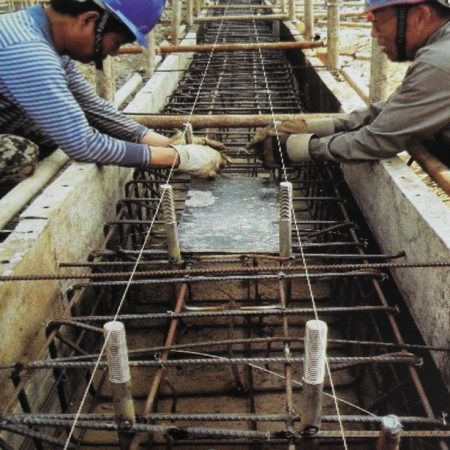ASTM A759 is a standard specification for carbon steel rails. These rails are typically used in mining railroad, railway line and industrial usage, also be designed to provide a durable and reliable track for heavy loads. The rails are manufactured to specific dimensional and chemical requirements, and are available in a range of sizes and cross-sectional shapes to suit different applications and load requirements.
ASTM A759 steel rail can be found in various industrial areas such as ports, shipyards, factories, and warehouses where heavy-duty material handling is required.
ASTM A759 covers a range of carbon and alloy steel rails that are designed for use in railway track construction. The standard includes several types of rails, including:
– ASCE 25
– ASCE 30
– ASCE 40
– ASCE 60
– ASCE 75
– ASCE 85
– AREA 90
– AREA 100
– AREA 115
Each type of rail has specific dimensions and properties that make it suitable for different applications.
The specification of each type of rail included in ASTM A759 varies depending on its size and intended use. However, some general specifications common to all rails covered by the standard include:
– Chemical composition: Rails must be made from steel that meets certain requirements for carbon, manganese, phosphorus, sulfur, and other elements.
– Mechanical properties: Rails must meet minimum requirements for tensile strength, yield strength, and elongation.
– Dimensions: Rails must be produced to specific dimensions for length, weight per yard, and cross-sectional shape, among other parameters.
– Straightness: Rails must be straight within a certain tolerance.
– Surface quality: Rails must be free from defects such as cracks, seams, laps, and visible surface irregularities.
For more detailed information on the specifications of each type of rail included in ASTM A759, you may refer to the standard itself or consult with a qualified engineer or supplier.
ASTM A759 is an American standard specification for carbon steel rails. While this specification may be used by companies and organizations around the world, it is primarily used in the United States and South America, other countries also can use these rails if they meet their specific requirements.
Welcome to ask us the international standard flat bottom rails as below:





